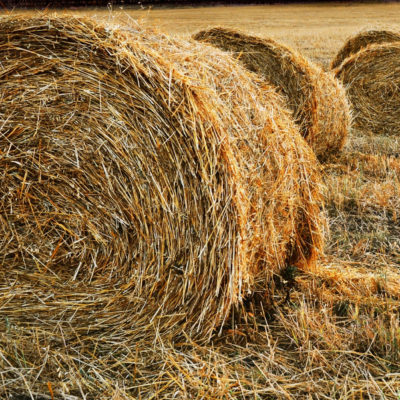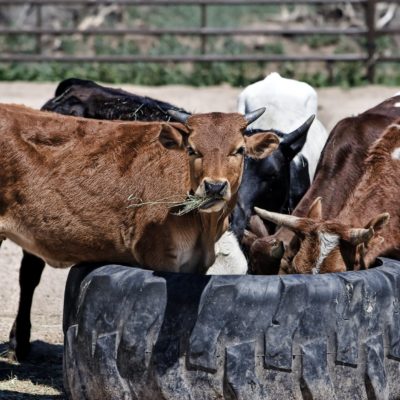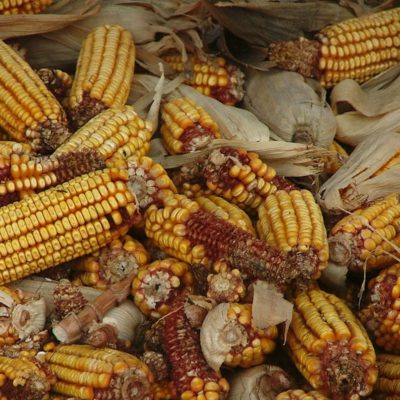The other day while it was raining cats and dogs outside, a customer asked how that rain would affect his freshly cut alfalfa hay. Unfortunately, rain after cutting and before bailing only decreases the nutritional value of the hay. As the freshly chopped forage lays in the field getting rained on, water soluble compounds leach out of the plant. These compounds include some nitrogen, some fat, minerals, vitamins, and water-soluble carbohydrates. The loss of the water-soluble carbohydrates results in an increase in the fibrous carbohydrates and therefore a decrease in the energy provided by the forage. For more on that check out my previous post Carbohydrates and Forage Quality. The loss of vitamins and minerals may also increase the importance of feeding those nutrients as supplements.
In addition to a poorer quality resulting hay, rained on alfalfa can support more mold. If the mold count is significant, between 2-3 million spores per gram, it can be a contributing factor in respiratory and reproductive illnesses in livestock.
Furthermore, it is important to allow the rain damaged hay to dry to at least 12% moisture before baling. If baled too wet, heat damage can occur, further reducing the quality of hay and nutrient availability of the hay for feeding.
Best of luck this harvesting season!
For more information check out this publication by the Iowa Beef Center:
0
You have 0 items in your cart




